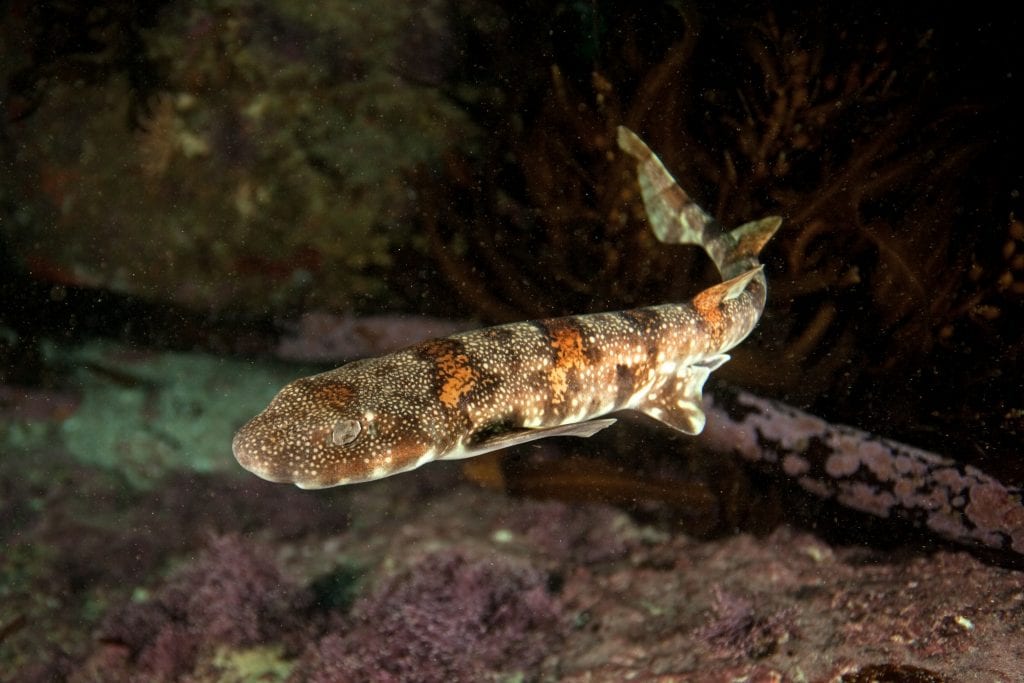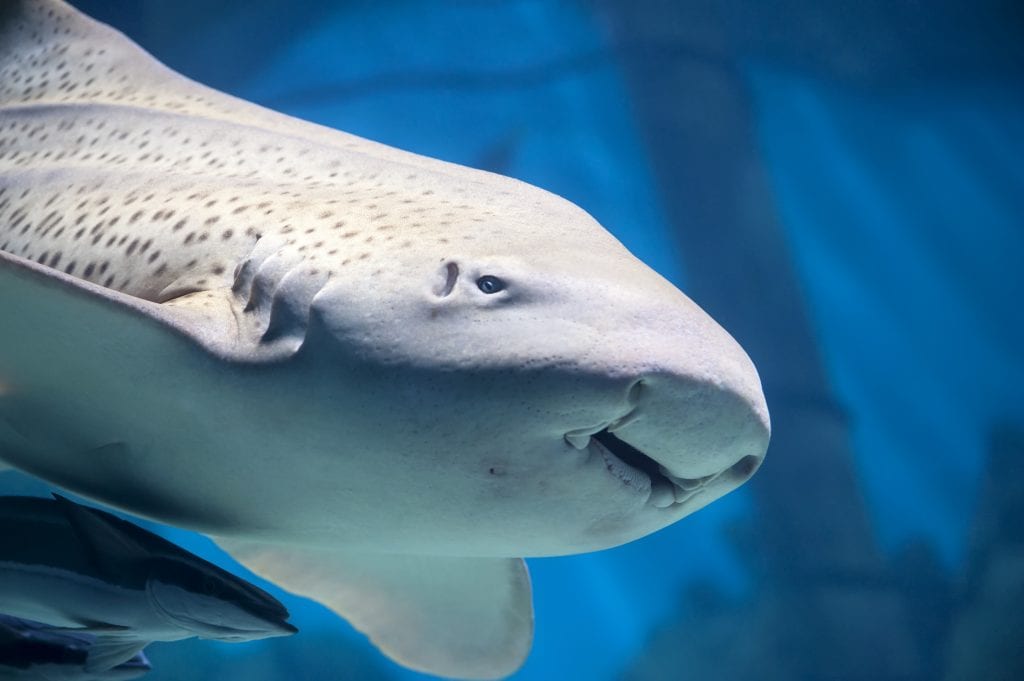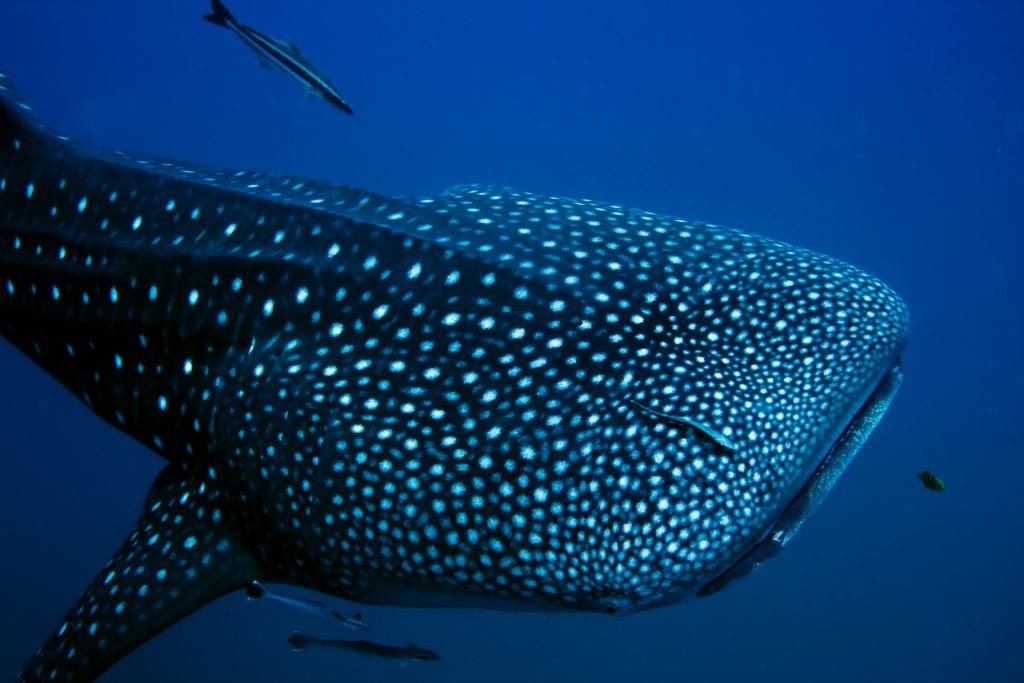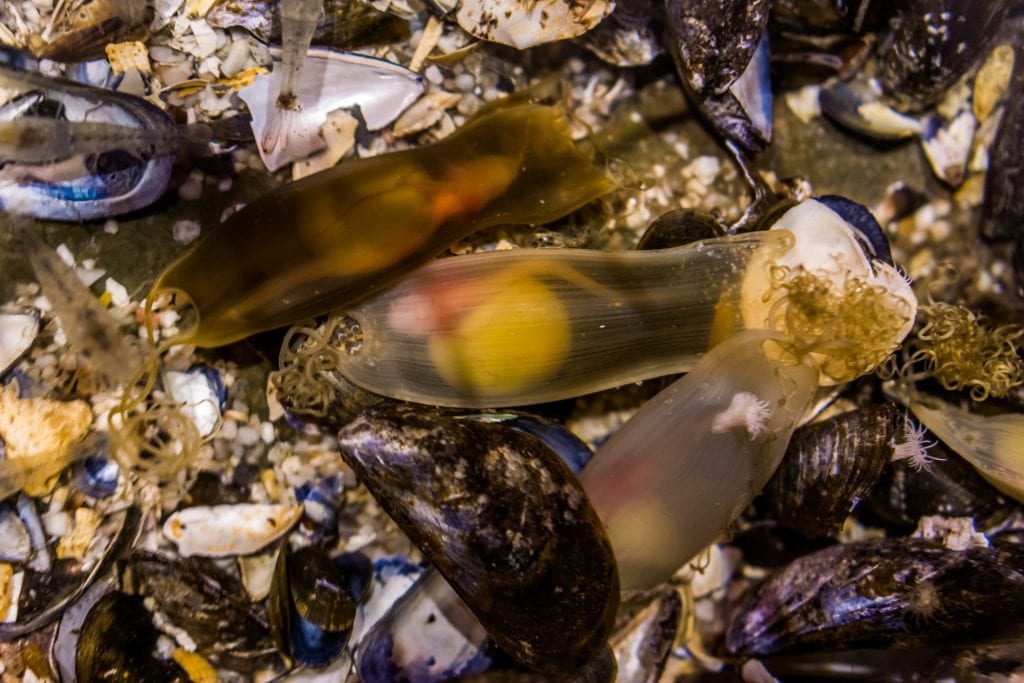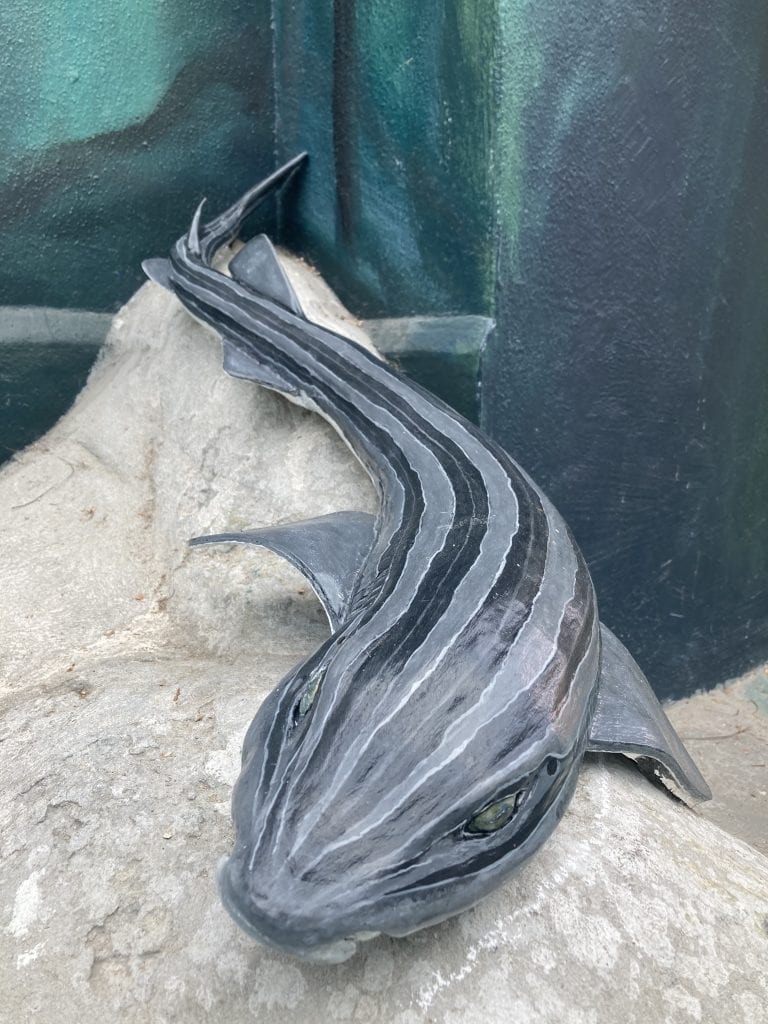Questions from the curious minds of children, answered
As educators, we are very used to being asked a variety of weird, wonderful and hilarious questions by young children. Who can blame them? Their minds are like sponges, ready to soak up information as they try and make sense of the world around them. Recently, we were approached to do a virtual Q & A session with a shark-curious class from a local primary school. It turned out to be great fun, so we’ve decided to share some of their questions and answer them for you.
How long can sharks live without eating?
It has been observed that sharks can survive approximately 6 weeks without feeding. The record for a shark fasting was observed with a swell shark, which did not eat for 15 months! Sharks can enter what is called an “eating phase” which perhaps might constitute hunger, but on the grand scale of things, a shark is not always hungry.
Are some sharks scared of dolphins?
While it is just a myth that sharks and dolphins are mortal enemies, there are times when sharks and dolphins clash. For the most part, sharks and dolphins will swim around each other without too much worry. However, adult dolphins won’t hesitate to ward off hungry sharks by ramming them to protect their young. Orcas, or killer whales, are the largest species of the dolphin family and are also known to prey on sharks. When this happens, sharks tend to flee from the area to avoid predation.
How many species of shark are there?
Currently, there are 537 known species of shark in the world. However, this number is increasing all the time.
How many species of sharks are friendly?
We must always remember that sharks are wild animals – which means they must be respected at all times. However, almost all sharks are harmless to humans if left alone or observed from far.
How many sharks are there in the world (is this number in decline)?
The total number of individual sharks in the world is really hard to calculate, but there are very sophisticated equations that scientists use to estimate the size of shark populations around the world. These calculations suggest that the total number of sharks is getting smaller every year. This is mostly because humans hunt sharks and we also catch some of their food, such as the fish they eat. We are catching sharks faster than they can produce shark pups as some of them grow very slowly and take a long time to reach reproductive age.
Are there any types of sharks that have never been spotted, or only recently discovered?
Yes, there are loads of sharks that were alive thousands of years ago that we know about but have never seen alive, these are called extinct sharks.
As we slowly explore more of the ocean, more sharks are being discovered and new species are being described. This applies to both living and extinct shark species. Earlier this year a new species of kitefin shark was discovered off the coast of New Zealand.
Are all sharks dangerous and carnivorous?
Not all sharks are dangerous to humans but all sharks do eat other animals. Bonnethead sharks are the only sharks known to eat plants (seagrass) as well as animals, so are the only omnivorous shark. We all know that the top predatory sharks are carnivorous hunters that feed on big fish, seals, whale flesh and even other sharks. However, there are also sharks that eat smaller animals, like octopuses, crabs and baitfish. The two biggest sharks, whale sharks and basking sharks eat the tiniest animals in the sea, plankton.
Why do humans hunt for sharks?
Humans hunt sharks for their meat, internal organs, skin, and fins in order to make products such as shark fin soup, lubricants, and leather. Some even hunt for sharks for fun (as a recreational sport) or because they are scared of them.
How big are sharks when they are born?
Most shark pups are very small, although they do range in size. Dwarf lantern shark pups can be as little as 5.5 cm, while Zambezi shark pups can be as large as 70 cm. However, not all sharks are born. In fact, most shark pups hatch from a membranous egg inside their mothers, while others hatch from a leathery egg case that is deposited around shallow coastal areas. These often wash up on the shore and are sometimes called mermaid’s purses.
What is the longest and heaviest shark?
The largest shark is the whale shark. They have been known to measure as long as 18 meters (60 feet) and weigh up to 30 tonnes! That’s about the weight of five adult elephants, or 3 London buses! There is no reason to be afraid of them though, as these giant sharks are very gentle and pose no harm to humans.
Why do some, like the basking shark, have different shaped noses and mouths?
Mouths are shaped differently depending on what/how they eat. Basking sharks have large, wide mouths because they use them to catch very small animals like a net or a sieve.
Shark noses are called snouts and they can have very different shapes, each giving the shark a particular advantage. Pointed snouts help sharks swim more efficiently, broad snouts help sharks pick up the scent direction of prey quicker, while long snouts help sharks detect hidden prey easier.
How many teeth do sharks have?
Bull sharks are known to have the most, with up to 50 rows of teeth and up to 300 teeth at one time! Shark teeth are continually replaced, meaning that when they lose a tooth it is replaced by another one. Sharks have multiple rows of teeth waiting to replace any that are lost. On average, some sharks lose one tooth per week, which is replaced within a day. Sharks can use up to 30,000 teeth during their lifetimes.
Why do pyjama catsharks have stripes?
The stripes on the pyjama catshark allow it to blend into its environment, like camouflage. This gives them the best chance of remaining undetected by predators and prey as it moves around the shallows of a kelp forest.

